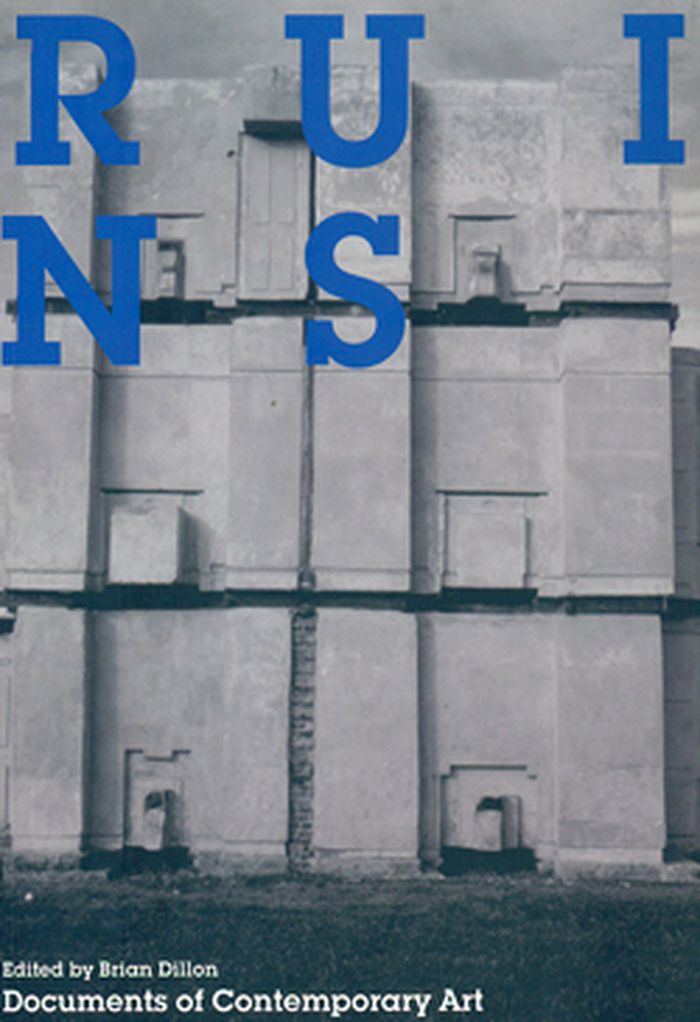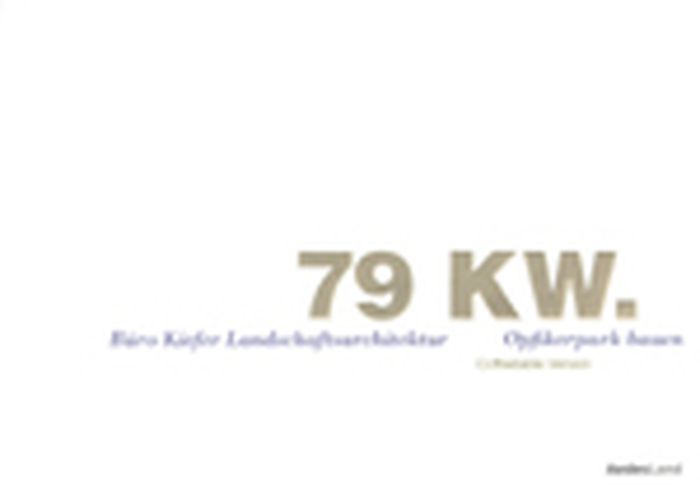$35.95
(available to order)
Summary:
The "ruins" of the modern era are the landmarks of recent art’s turn toward site and situation, history and memory. The abiding interest of artists in ruination and decay has led in particular to the concept of the modern ruin - an ambiguous site of artistic and architectural modernism, personal and collective memories, and the cultural afterlife of eras such as those of(...)
Ruins
Actions:
Price:
$35.95
(available to order)
Summary:
The "ruins" of the modern era are the landmarks of recent art’s turn toward site and situation, history and memory. The abiding interest of artists in ruination and decay has led in particular to the concept of the modern ruin - an ambiguous site of artistic and architectural modernism, personal and collective memories, and the cultural afterlife of eras such as those of state communism and colonialism. Contemporary art’s explorations of the ruin can evoke on the one hand diverse experiences of nostalgia and on the other a ceaselessly renewed encounter with catastrophes of the recent past and apprehensions of the future. For every relic of a harmonious era or utopian dream stands another recalling industrial decline, environmental disaster, and the depredations of war. This anthology provides a comprehensive survey of the contemporary ruin in cultural discourse, aesthetics, and artistic practice. It examines the development of ruin aesthetics from the early modern era to the present; the ruin as a privileged emblem of modernity’s decline; the relic as a portal onto the political history of the recent past; the destruction and decline of cities and landscapes, with the emergence of "non-places" and “drosscape”; the symbolism of the entropic and decayed in critical environmentalism; and the confusing temporalities of the ruin in recent art - its involution of timescales and perspectives as it addresses not just the past but the future.
Art Theory
books
$90.00
(available to order)
Summary:
Le Corbusier's first trip to the United States in 1935 is generally considered a failure because it produced no commissions. The experience nevertheless had a profound effect on him, both personally and professionally. Sponsored by the Museum of Modern Art in New York, Le Corbusier promoted his ideas through a lecture tour, exhibition, and press conferences, as well as in(...)
Architecture Monographs
May 2001, Cambridge, Mass.
Le Corbusier in America : travels in the land of the timid
Actions:
Price:
$90.00
(available to order)
Summary:
Le Corbusier's first trip to the United States in 1935 is generally considered a failure because it produced no commissions. The experience nevertheless had a profound effect on him, both personally and professionally. Sponsored by the Museum of Modern Art in New York, Le Corbusier promoted his ideas through a lecture tour, exhibition, and press conferences, as well as in meetings with industrialists, housing reformers, New Deal technocrats, and editors. His lectures were watershed events that advanced the cause of European modernism. Yet he returned to France empty-handed and published a bittersweet account, "Quand les cathédrales étaient blanches: voyage au pays des timides" ("When the Cathedrals Were White: Journey to the Country of Timid People"), which faulted America for lacking the courage to adopt his ideas. In this first major study of Le Corbusier's American tour, Mardges Bacon reconstructs his encounter with America in all its fascinating detail. Through extensive archival research and interviews, she presents a critical history of the tour as well as a nuanced and intimate portrait of the architect. Drawing on the methods of microhistory, she also considers how small ordinary events affect larger biographical, architectural, and cultural developments. Bacon notes that Le Corbusier's dialogue with America was drafted within a spirited European discourse on américanisme. She contends that the trip validated his concept of a "second machine age" that would unite standardized industrial methods with a new humanism. Le Corbusier's subsequent work, she suggests, reflected an "Americanization," evidenced by the introduction of tension structures and the textured skyscraper conceived as an integrated system with functions articulated. She also defines Le Corbusier's role in the debate over New York City high-rise public housing. Appearing here in print for the first time are color reproductions of the pastel drawings that illustrated Le Corbusier's American lectures.
books
May 2001, Cambridge, Mass.
Architecture Monographs
$20.95
(available in store)
Summary:
In December 2006, close to Zurich airport, Opfikerpark was completed after a construction period of 79 weeks. Central element of the park is a concrete sculpture, over 500m-long, accommodating a lake surrounded by sandy beaches and a reed belt. The idea for the design of the park was the result of an international competition initiated in 2001 and won by Berlin practice(...)
Landscape Architecture, Monographs
July 2007, Berlin
79 KW Zurich : building Opfikerpark
Actions:
Price:
$20.95
(available in store)
Summary:
In December 2006, close to Zurich airport, Opfikerpark was completed after a construction period of 79 weeks. Central element of the park is a concrete sculpture, over 500m-long, accommodating a lake surrounded by sandy beaches and a reed belt. The idea for the design of the park was the result of an international competition initiated in 2001 and won by Berlin practice Kiefer. As the second exhibition at gallery AedesLand, this project will be introduced in June 2007. Contrary to the usual approach, the exhibition does not aim to present an already completed construction but rather make transparent the process of creation and realization of the building project ‘opfikerpark’. The efforts and challenges to create a complex and outstanding structure, which were faced by client, planners, engineers as well as executing contractors, shall be recorded in a commented illustration of the construction work. Building sites are temporary production sites involving a multitude of disciplines and trades which need to be coordinated. The exhibition reflects the progressing technological, organizational and design process as well as the objective and subjective influences in effect and thus aims to convey a realistic image of the building activities. Photographer Hanns Joosten has documented the construction progress at regular intervals. His high-quality, large-scale images communicate the special aesthetics of a building site in all its diversity and affect the atmosphere of the exhibition. The whole exhibition space will be part of the exhibition, even floors and ceilings. In addition, a media installation explains the progress of constructing Opfikerpark where viewpoints of diverse disciplines and participants meet. The players get a chance to speak and express their personal perspective on the building process with spoken commentaries. How is a large park constructed? How does a building site work? What do you need so many planners for? And how do they work together? Based on these questions, spontaneous contributions shall throw a critical and ironic light on the expert discourse.
Landscape Architecture, Monographs

